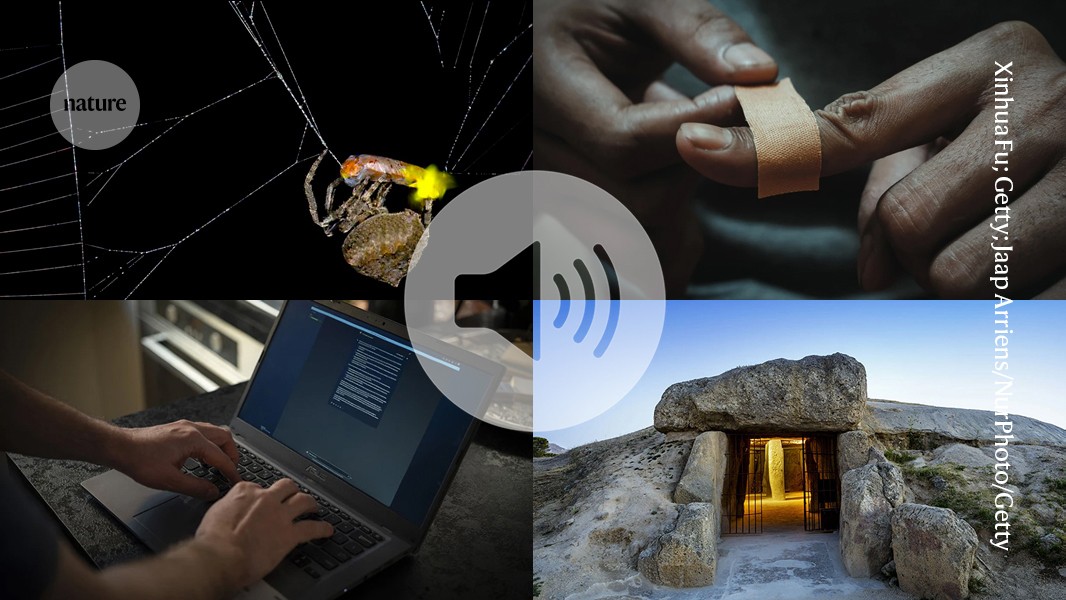
Download the Nature Podcast 28 August 2024
In this episode:
00:31 Chatbots makes racist judgements on the basis of dialect
Research has shown that large language models, including those that power chatbots such as ChatGPT, make racist judgements on the basis of users’ dialects. If asked to describe a person, many AI systems responded with racist stereotypes when presented with text written in African American English — a dialect spoken by millions of people in the United States that is associated with the descendants of enslaved African Americans — compared with text written in Standardized American English. The findings show that such models harbour covert racism, even when they do not display overt racism, and that conventional fixes to try to address biases in these models had no effect on this issue.
Research Article: Hoffman et al.
News and Views: LLMs produce racist output when prompted in African American English
Nature News: Chatbot AI makes racist judgements on the basis of dialect
07:01 How ancient engineers built a megalithic structure
The 6,000-year-old Dolmen of Menga is a marvel of ancient engineering. Research has now revealed fresh insights into the structure and the technical abilities of the Neolithic builders who constructed it. The work shows that a set-up of counterweights and ramps might have been used to correctly position the massive sandstone blocks that make up walls of the structure, which were each tilted at precise, millimetre-scale angles. The researchers suggest that this construction shows that the Neolithic people who built the dolmen had a working understanding of physics, geometry, geology and architectural principles.
Nature News: Stone Age builders had engineering savvy, finds study of 6,000-year-old monument
12:28 Spider makes fireflies flash as bait
Orb-weaving spiders (Araneus ventricosus) use ensnared male Absocondita terminalis fireflies to trick more insects into their web. A bite from the spider causes the flashing pattern of the trapped firefly to shift to one resembling a female looking to mate, leading others into an ambush. Exactly how this system works is unclear, but researchers say it is a rare example of a predator altering the behaviour of its prey to catch others.
Science: Spiders force male fireflies to flash like females—luring more males to their death
16:35 The physics of paper cuts
By combining experiments and theoretical work, a team has unravelled the mystery of why only certain types of paper can cut into human skin. Their work shows that paper that is too thin will buckle without cutting, whereas paper that’s too thick will distribute force over a relatively large area without inflicting damage. The research suggests that the sweet spot for slicing is paper with around 65 micrometres in thickness, which includes the kind used to print certain high-profile journals …
Research Highlight: What Science and Nature are good for: causing paper cuts
Subscribe to Nature Briefing, an unmissable daily round-up of science news, opinion and analysis free in your inbox every weekday.
Never miss an episode. Subscribe to the Nature Podcast on Apple Podcasts, Spotify, YouTube Music or your favourite podcast app. An RSS feed for the Nature Podcast is available too.
